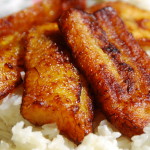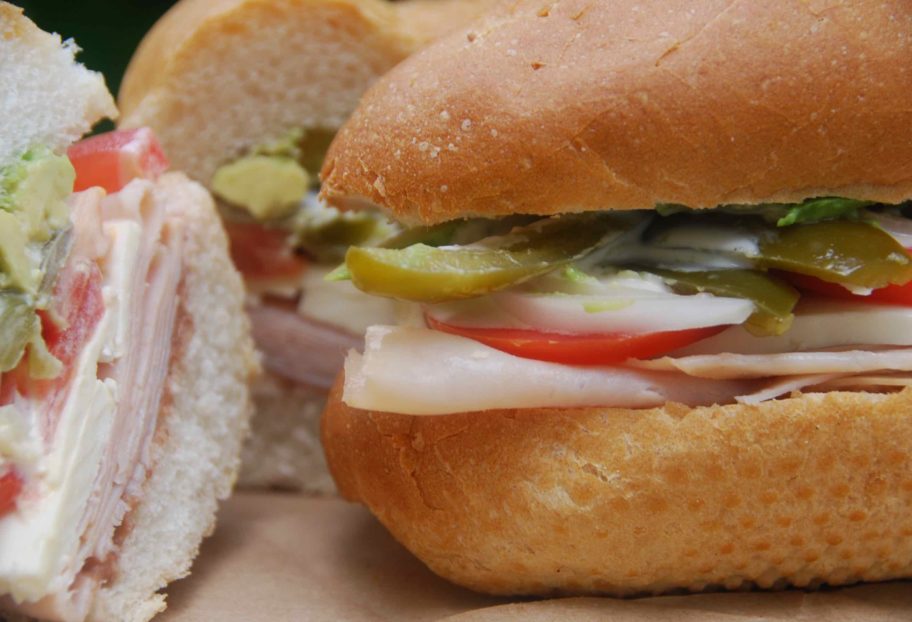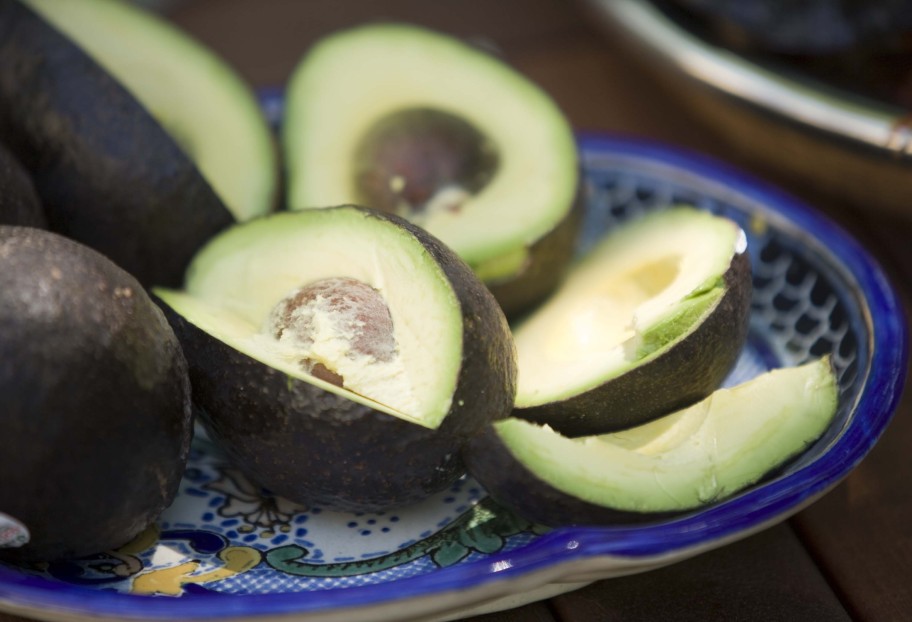Jaw-dropping. As soon as you set it on a table it will fly off. Guaranteed. Especially if I am around!
Queso fundido is the epitome of an antojo. What we Mexicans call a food craving that can be eaten anytime of day as a quick snack, or a full meal if eaten in a big enough amount. Antojo literally translates to craving, and I don’t know a single Mexican that doesn’t drool over the thought of a queso fundido.
Queso fundido is not a cheese dip. Queso fundido is not a cheese sauce. Queso fundido is the real deal. It is real cheese. Tons of it. You throw a combination of deliciously flavorful melty cheeses onto a baking dish or a traditional earthenware cazuela. Then place it on a heat source — it can be on a burner, in the oven, under the broiler — until the cheese not only melts, but becomes super bubbly on top and starts making a crust all around the edges.
Wait. Then come the toppings. The most typical and popular toppings in restaurants in Mexico City, where I grew up, are poblano rajas, chorizo and mushrooms. They are separate offerings, so you choose if you want your queso with chorizo or with rajas or mushrooms. Different restaurants have their variations, for example, it can be rajas with caramelized onions, different kinds of chorizo, cultivated or wild mushrooms cooked with epazote or dried chiles, to name some.
When I make queso at home, I like to make a combo of my favorite toppings. No one can stop me and no one should stop you! My take combines caramelized onions and poblano chiles, throws in a bit of seeded and diced tomato for an added juicy bite and tons of crisp chunks of flavorful chorizo.
Most people I know like their queso fundido on flour tortillas. But it is you and your guests’ choice if they want corn tortillas, too. If you have some some salsas and guacamole, place them on the table for optional add ons.
Whichever way, have your Gran Centenario Añejo Tequila out to chase your queso fundido tacos and to wash down that queso fundido. I like to serve it neat or on the rocks as it has such a smooth taste.
Once everything is on the table, all bets are off. Run for it, if you want a chance to make a queso fundido taco before it disappears.

Poblano Rajas and Chorizo Queso Fundido
Ingredients
- 1 tablespoon vegetable oil plus more to grease the baking dish
- 1/3 pound Mexican chorizo casings removed, coarsely chopped
- 1 tablespoon unsalted butter
- 1/4 white onion halved and thinly sliced (about 1 cup)
- 1 poblano chile roasted, sweated, peeled, cut into strips
- 1 ripe Roma tomato cored, seeded, cut into small dice
- 1/4 teaspoon kosher or sea salt or to taste
- 1 pound (or 4 cups) combination of shredded Mexican-style melty cheeses such as Asadero, quesadilla and Oaxaca (can sub with mozzarella, Muenster and Monterey Jack)
- 8 to 10 flour or corn tortillas
- 1 ripe avocado sliced
- Serve with salsa of your choice optional
- Pair with Gran Centenario Añejo Tequila neat or on the rocks
Instructions
- Heat the oil in a medium skillet over medium-high heat. Once hot, add the chorizo, cook for 4 to 5 minutes, breaking it into smaller pieces with a couple of spatulas or wooden spoons until crisp and brown. Remove from the heat and scrape into a bowl.
- Set a rack on upper third tier of the oven and preheat to 450 degrees Fahrenheit.
- Return the skillet to medium heat, add the butter and once it melts, add the onions. Cook, stirring occasionally and scraping the bottom of the pan, for 6 to 7 minutes, until they have wilted and begun to brown around the edges. Add the poblano pepper strips, tomato, and salt, and cook for another 3 to 4 minutes. Remove from the heat and transfer to a bowl.
- Place shredded cheese in a gently oiled shallow baking dish that can comfortably hold it. Bake for 12 to 15 minutes, or until completely melted. Remove from the oven. Top with the crispy chorizo and poblano rajas mixture. Place back in the oven and bake for another 7 to 8 minutes, until cheese is oozing and browned along the edges and part of the top.
- Meanwhile, preheat a comal or large skillet over medium-low heat. Heat the tortillas, making sure they are not on top of each other, until completely warmed, puffed and slightly browned. Place in a tortilla warmer or wrap in a clean cloth or kitchen towel.
- Remove the queso from the oven and place on the table along with the warm tortillas, ripe avocado slices, and salsa of choice, if desired. Let everyone assemble their tacos!




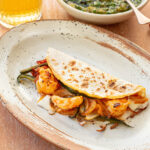








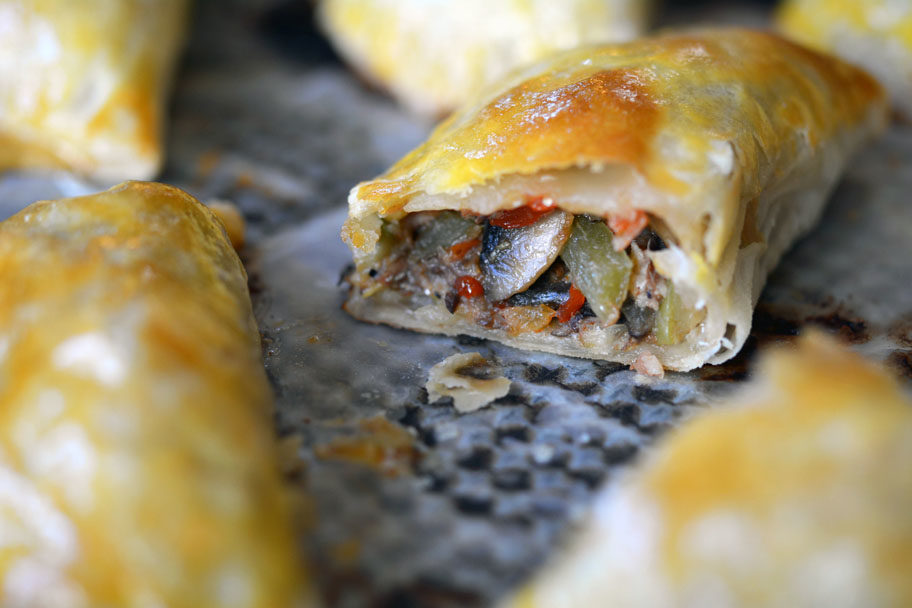









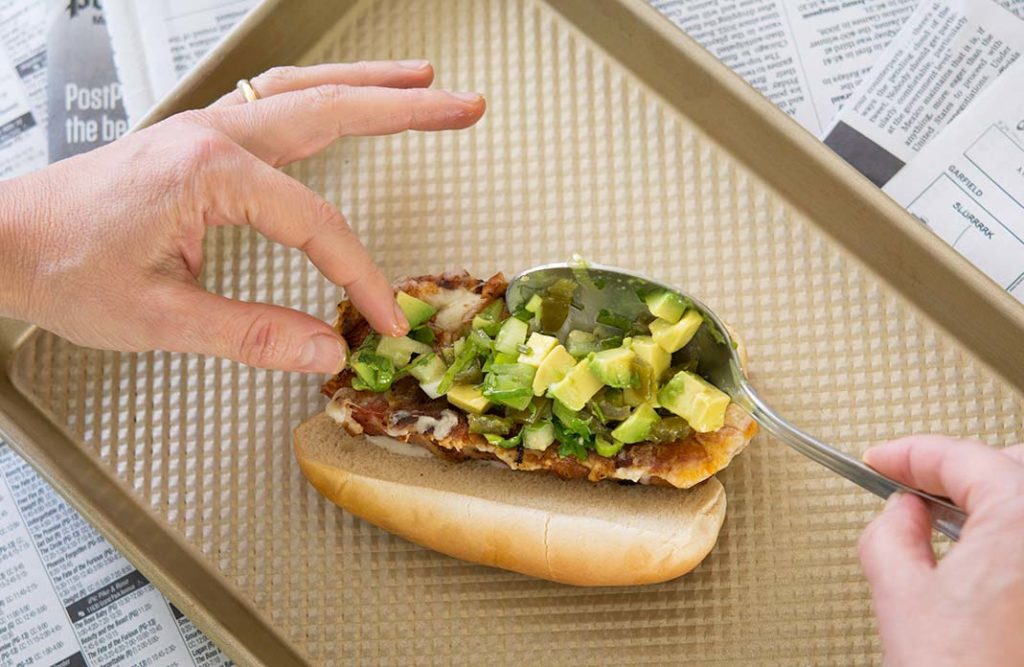



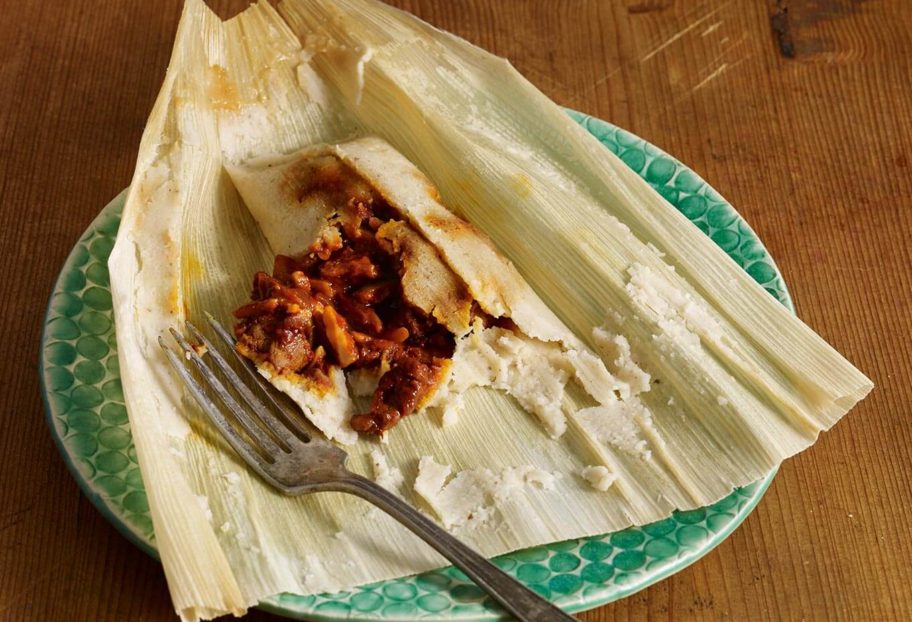



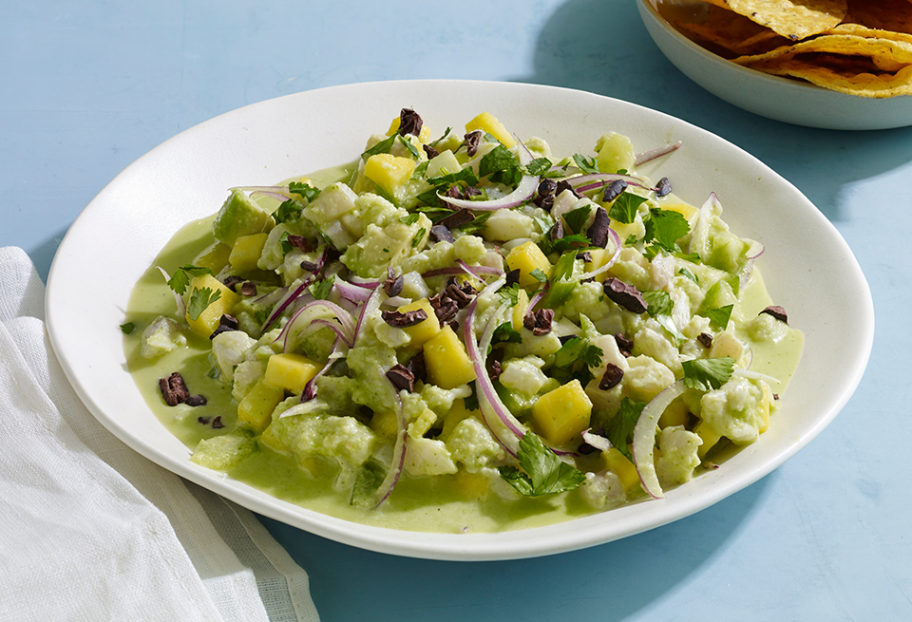















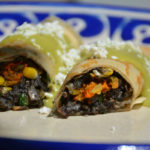
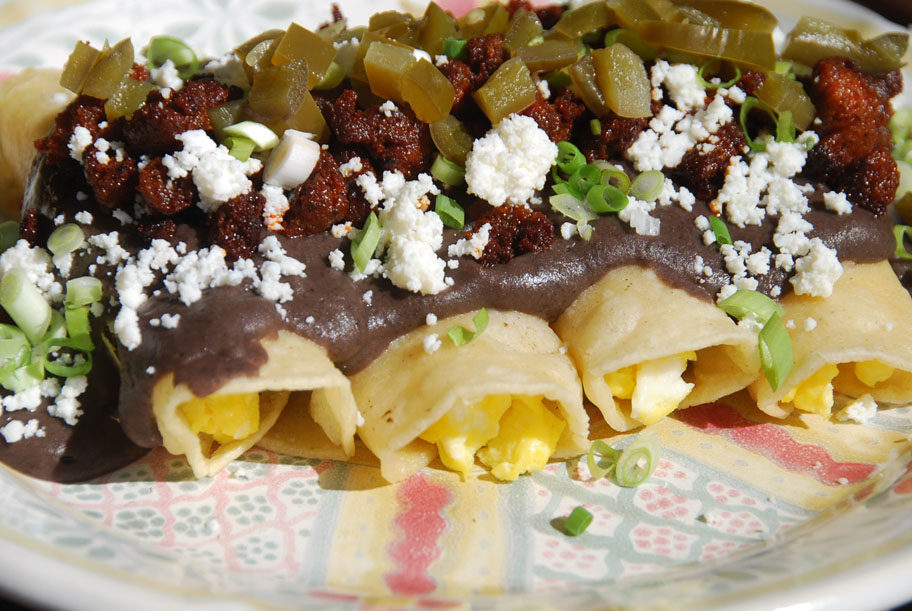

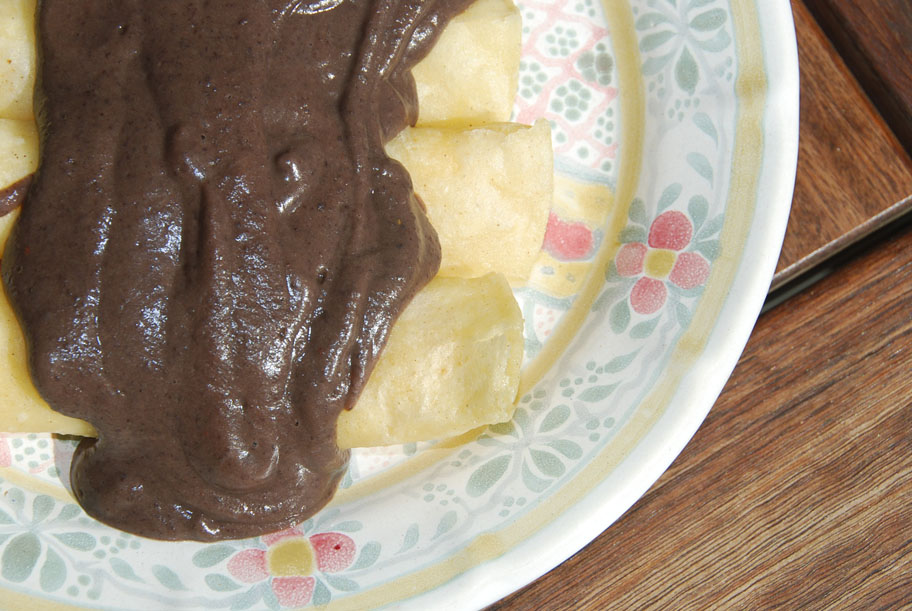



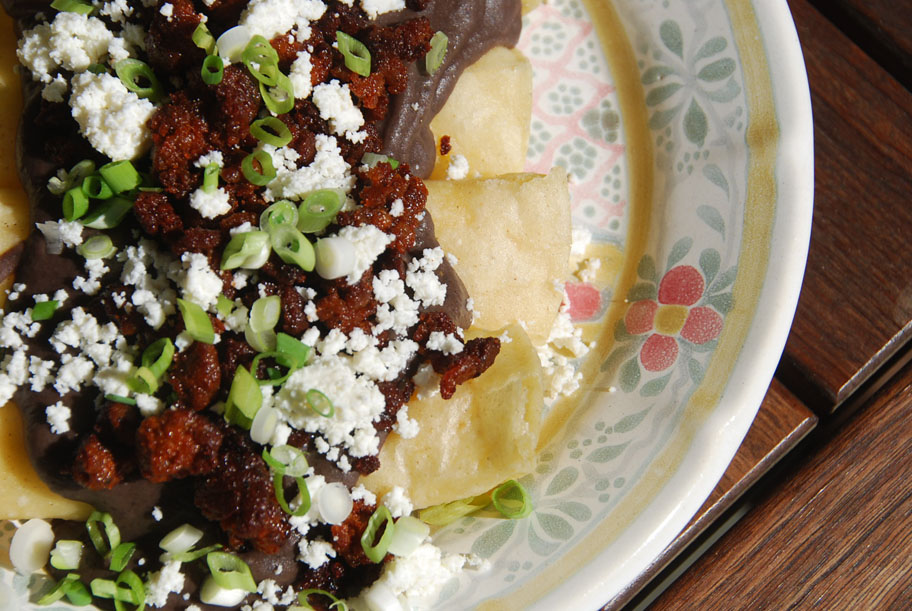












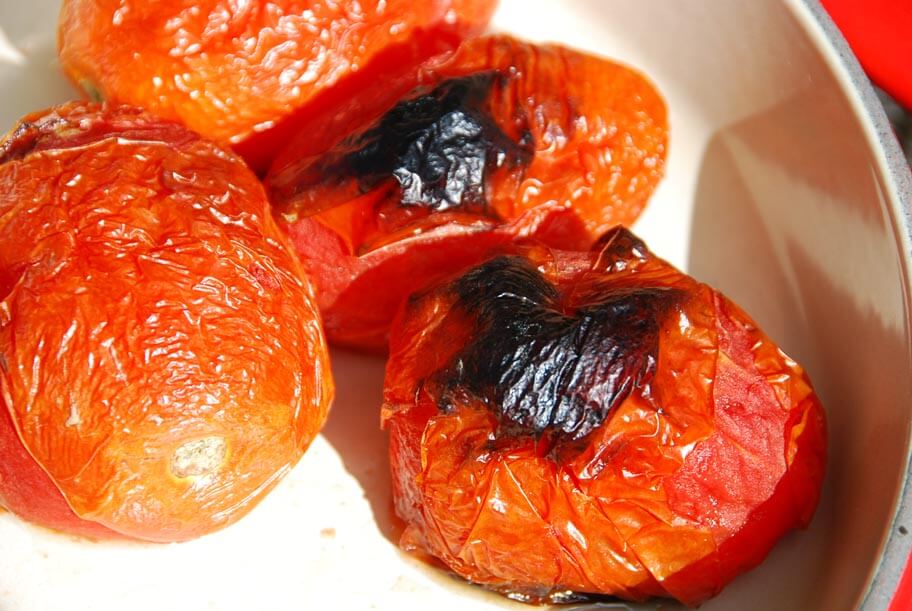









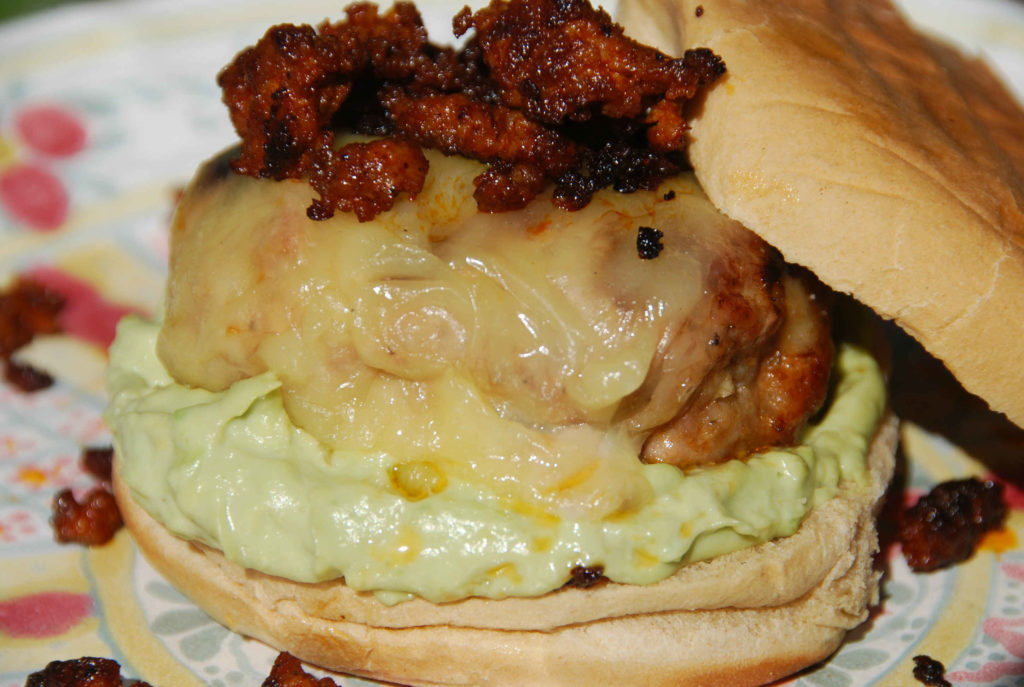
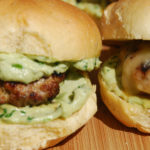
















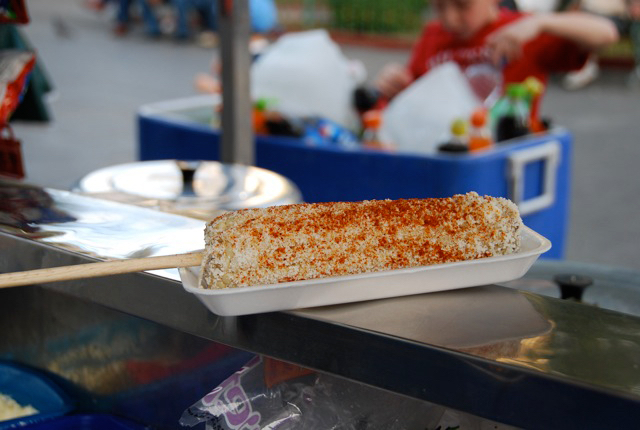


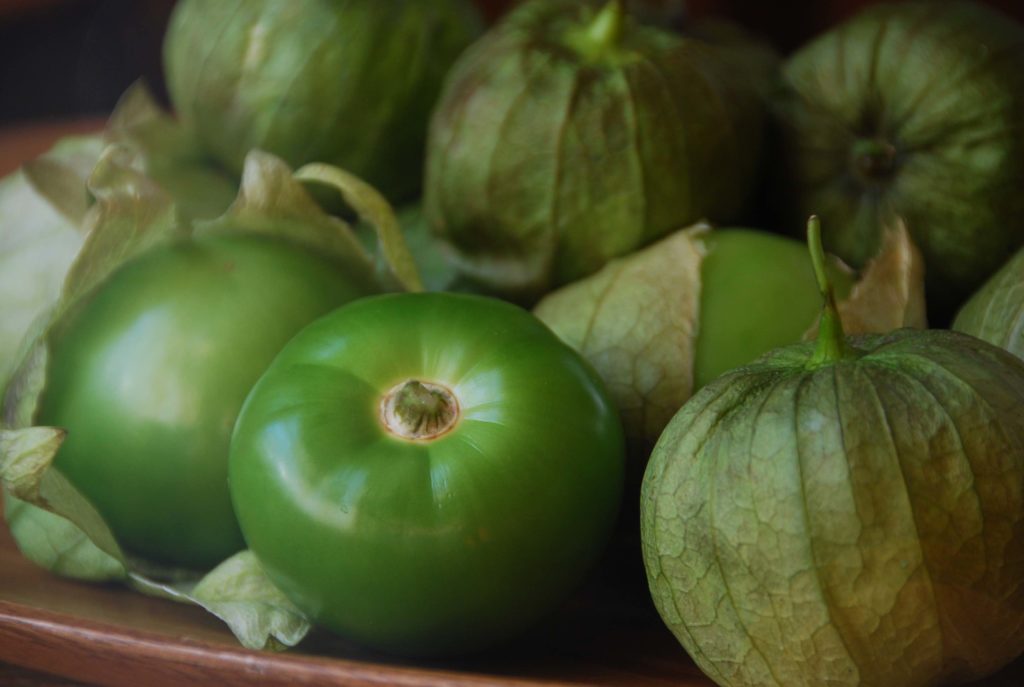




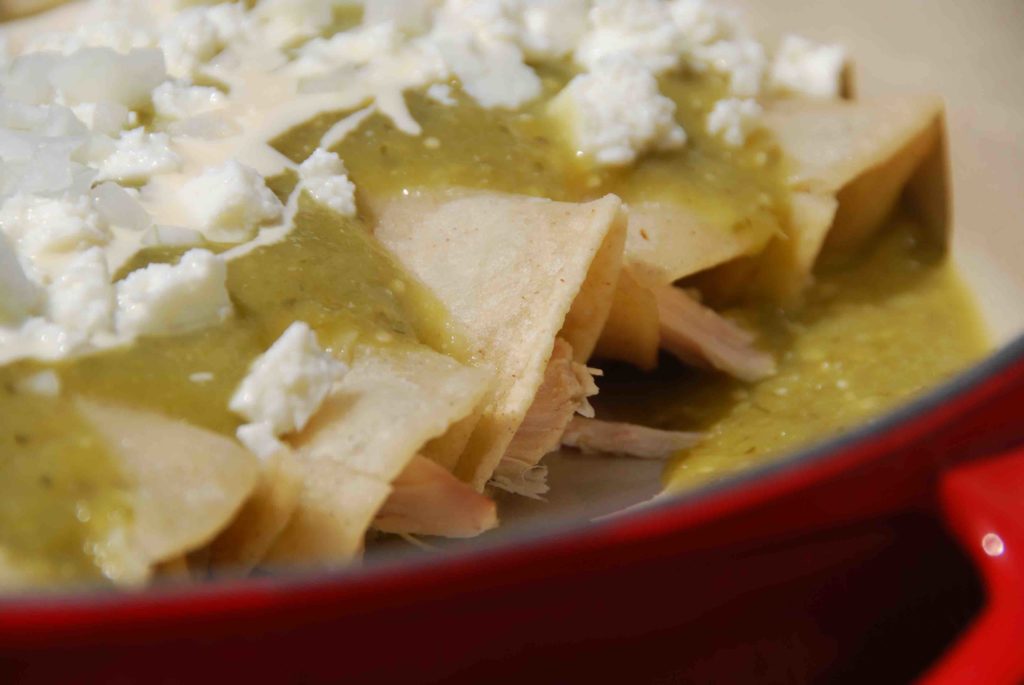




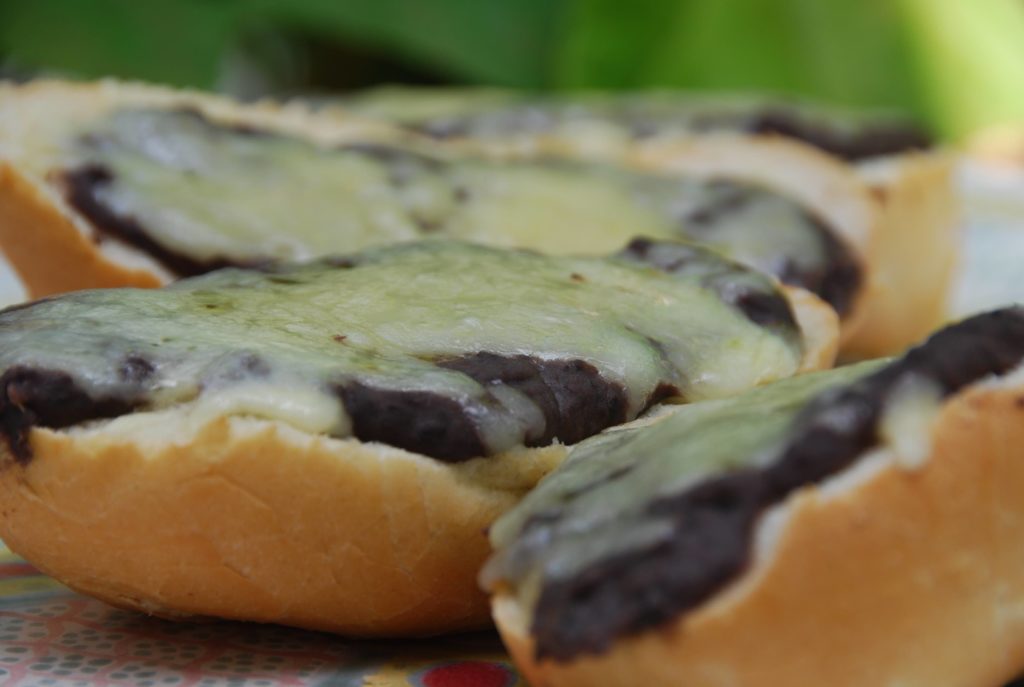
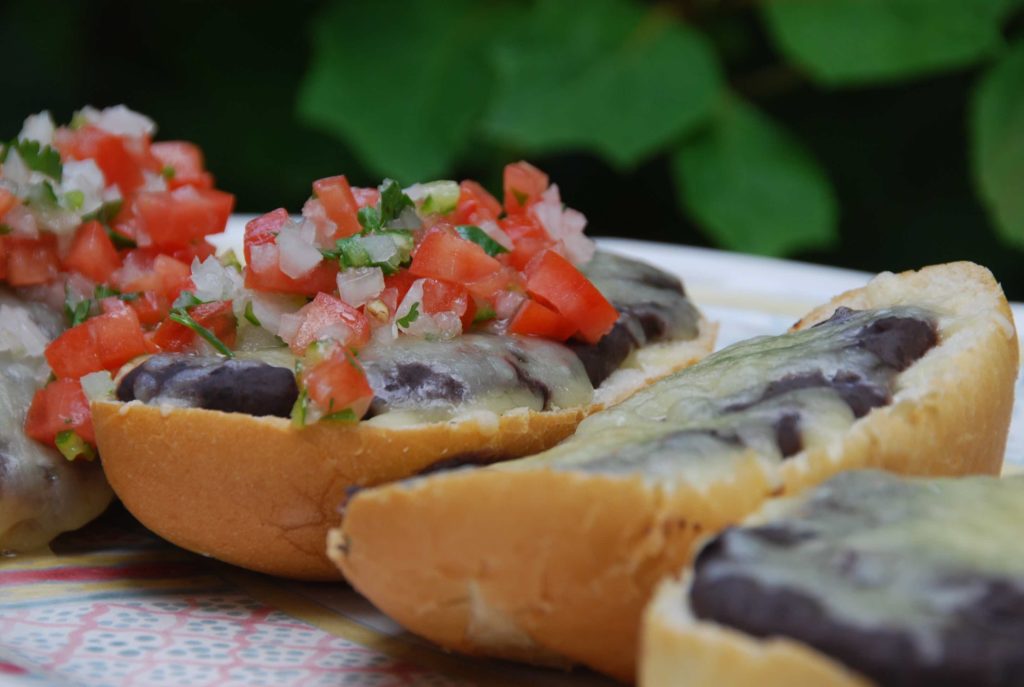















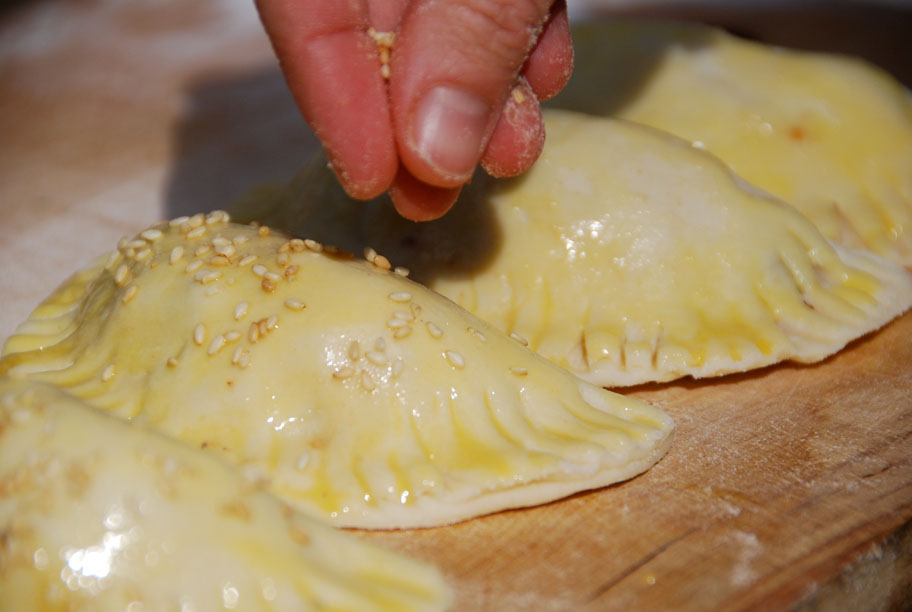



















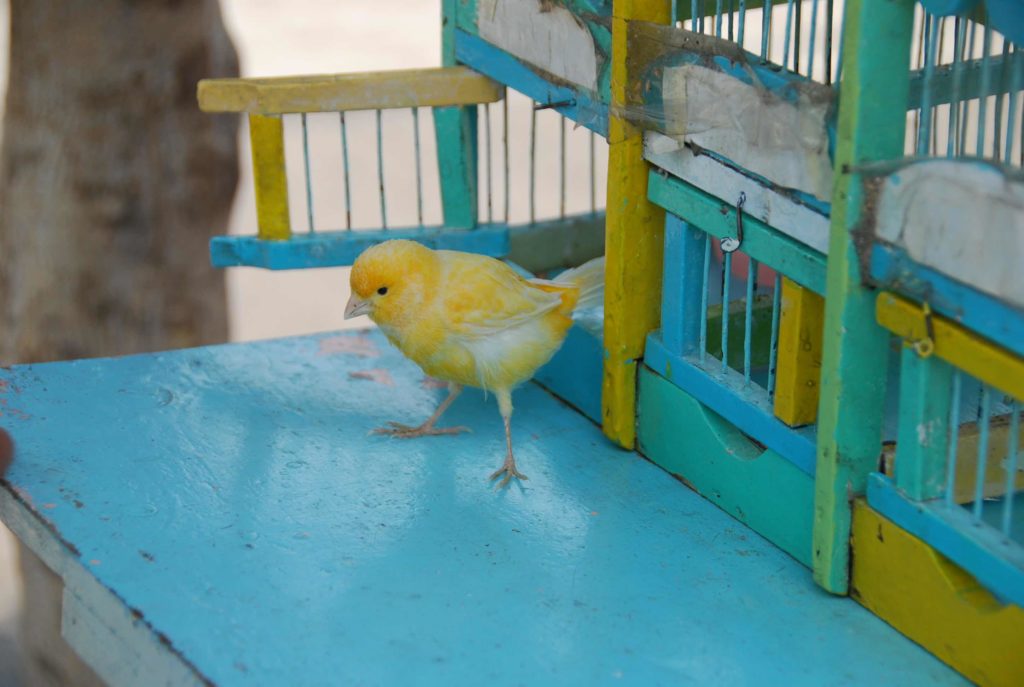
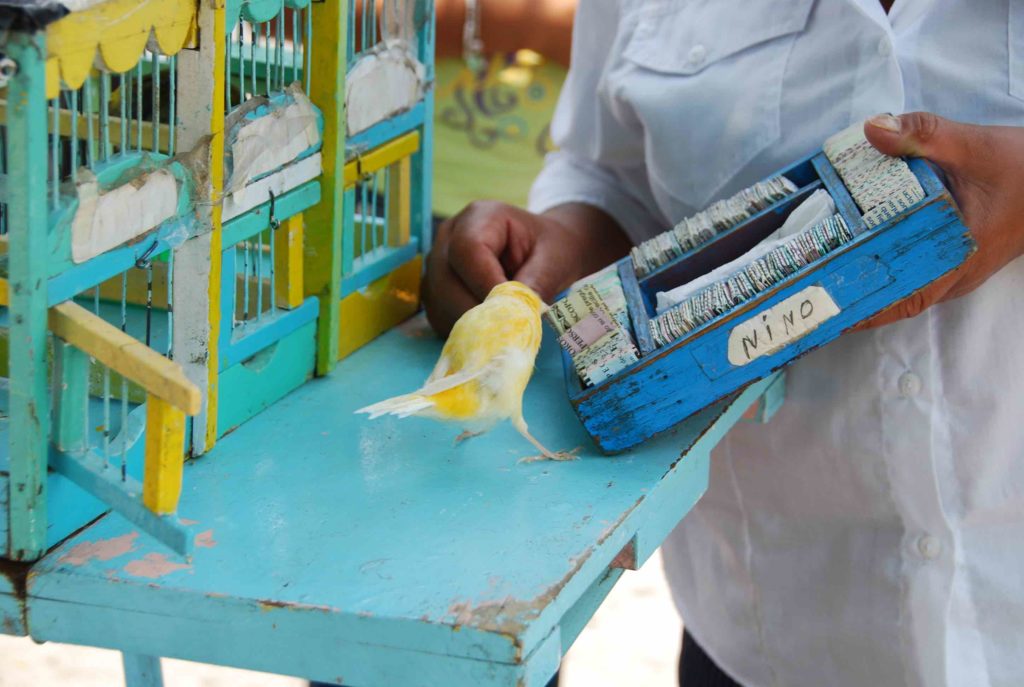






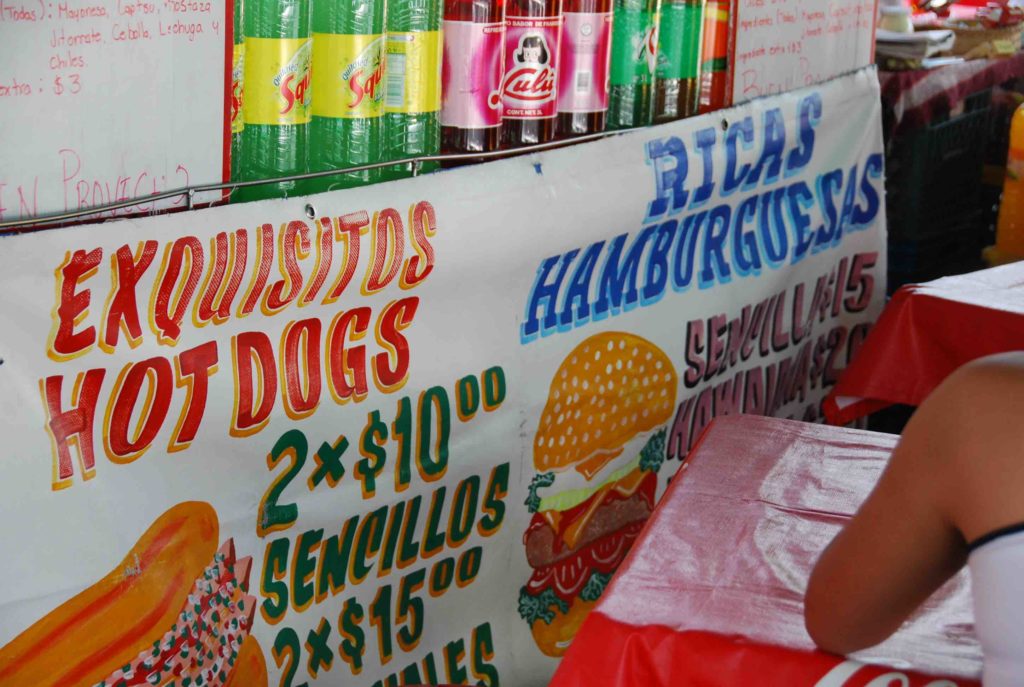






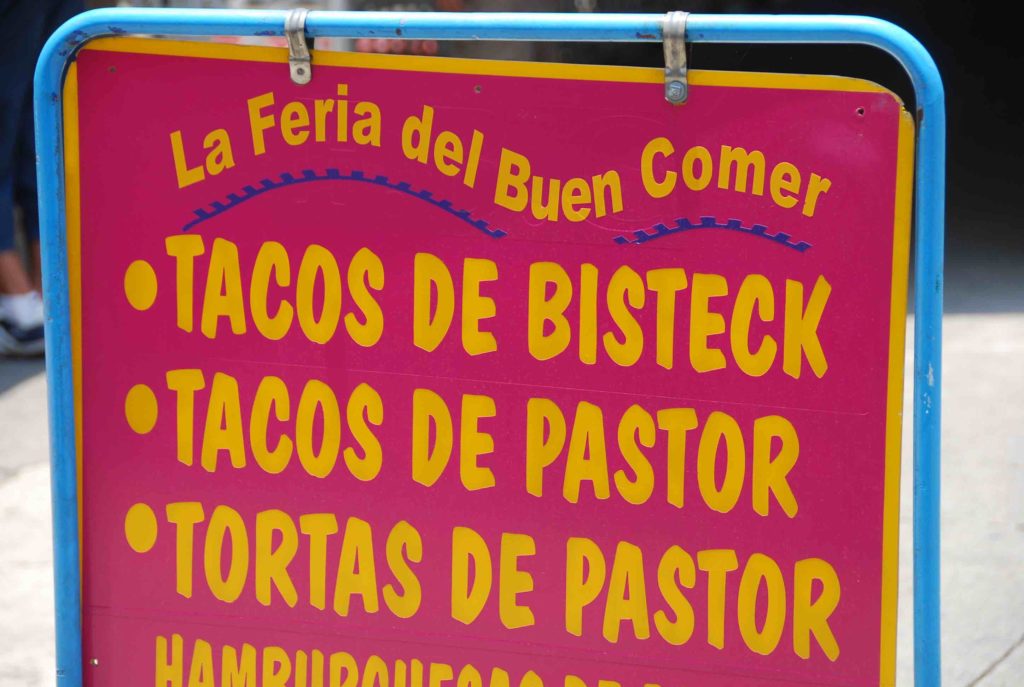


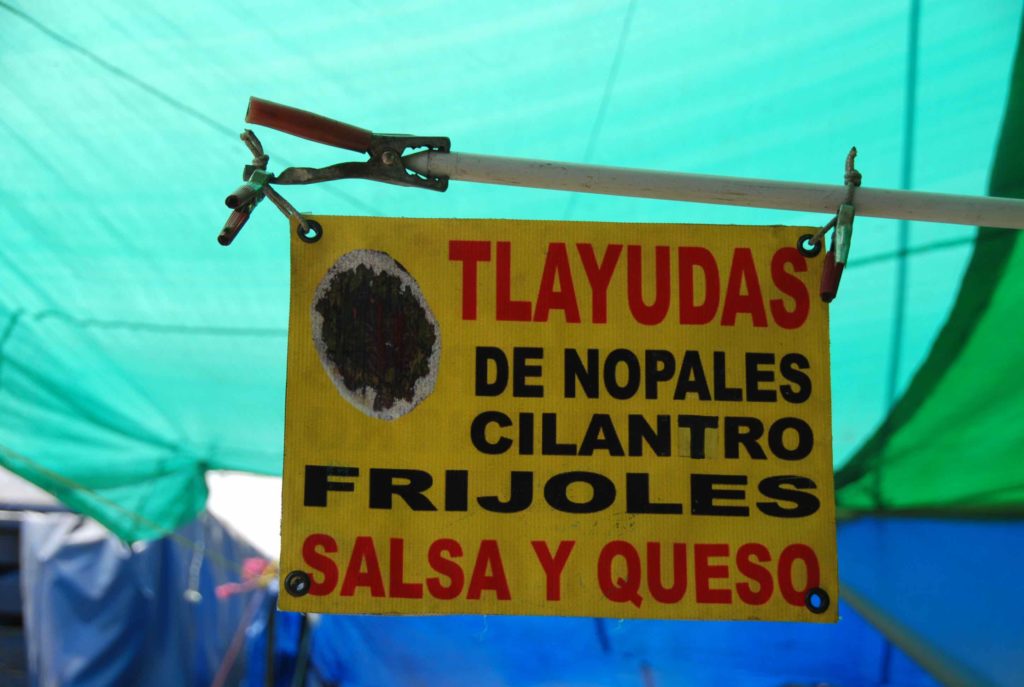

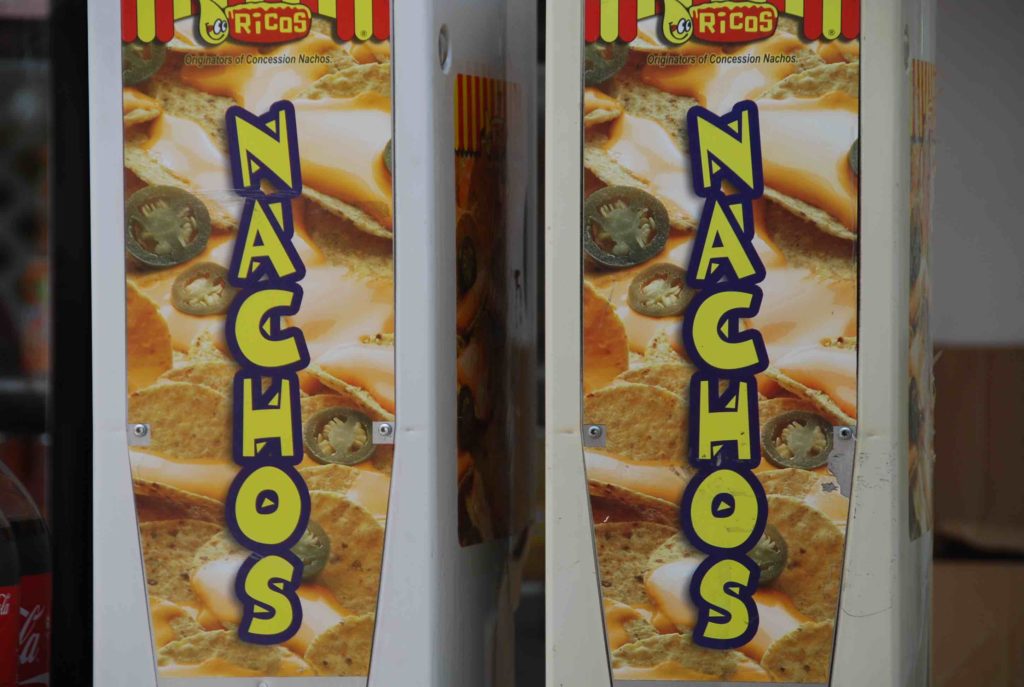










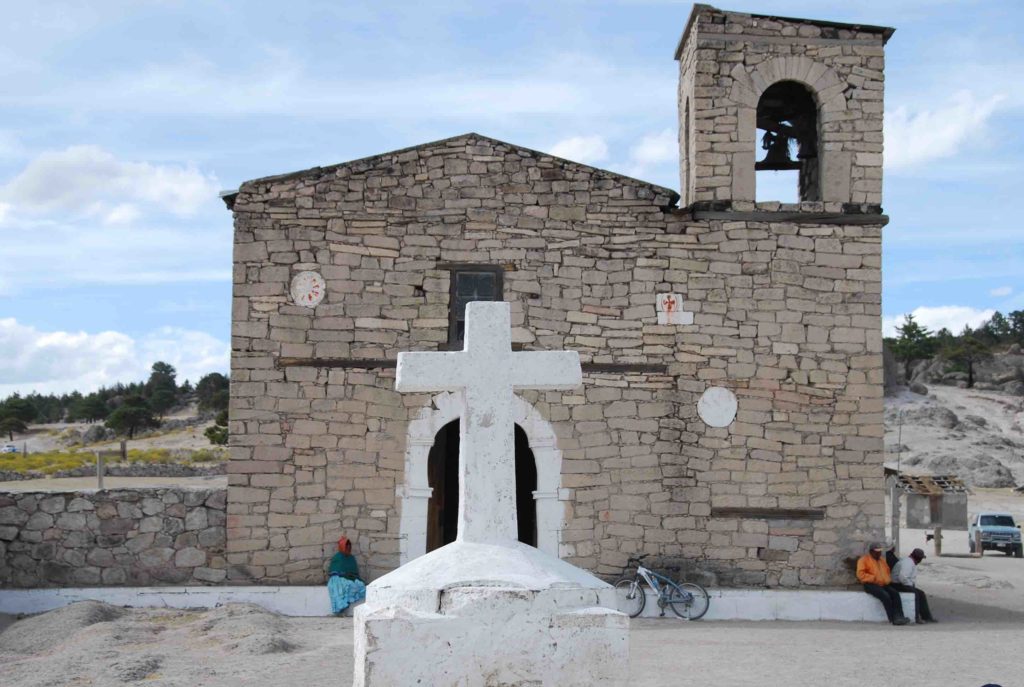
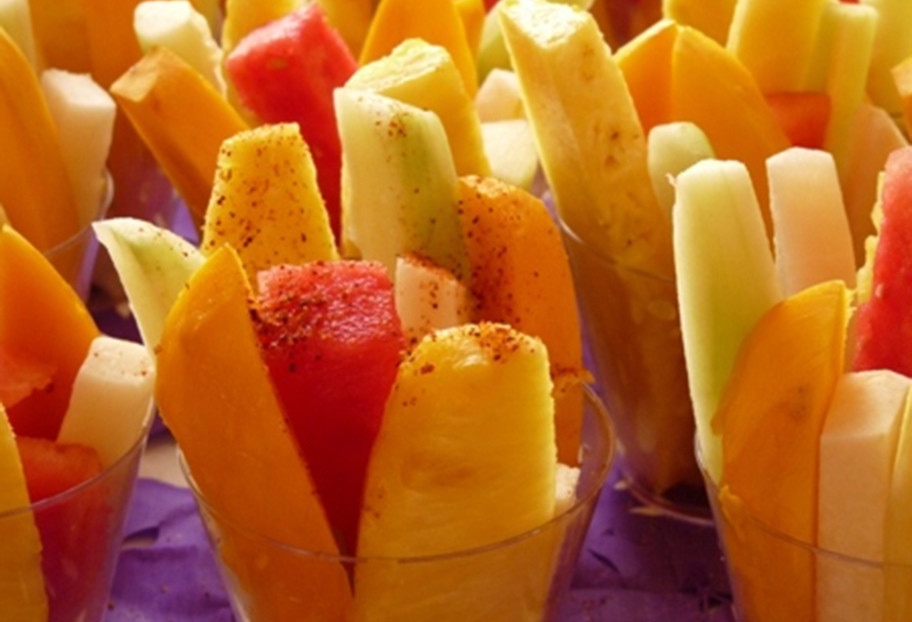












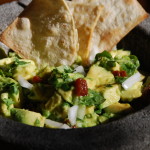






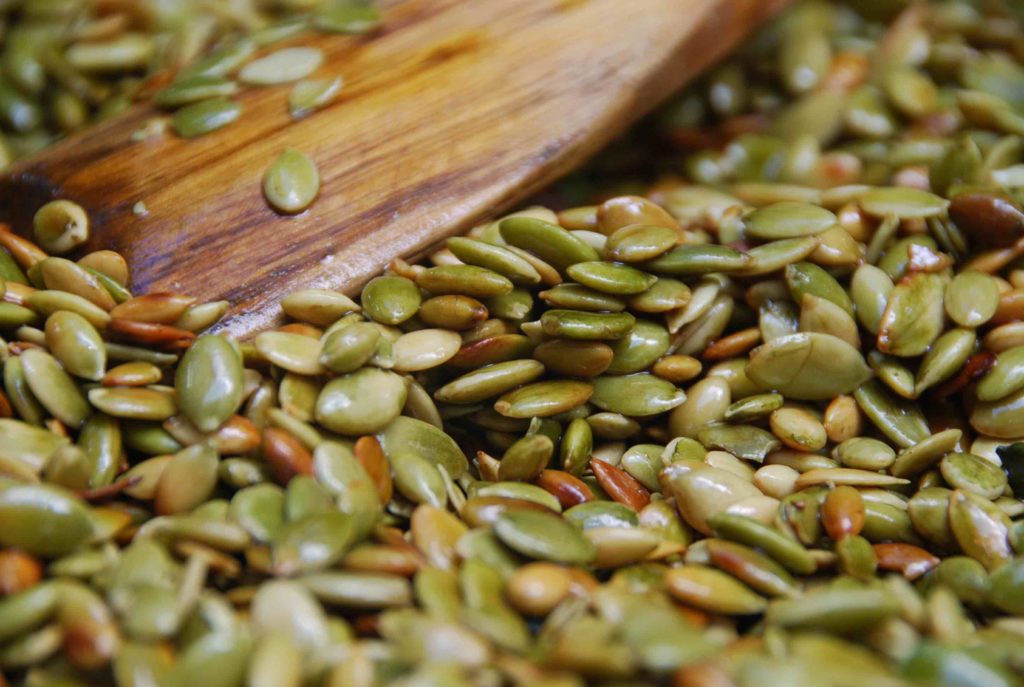 (Pepitas gently frying in my pan, popping and changing from an olive green to a light brown toasted color)
(Pepitas gently frying in my pan, popping and changing from an olive green to a light brown toasted color)






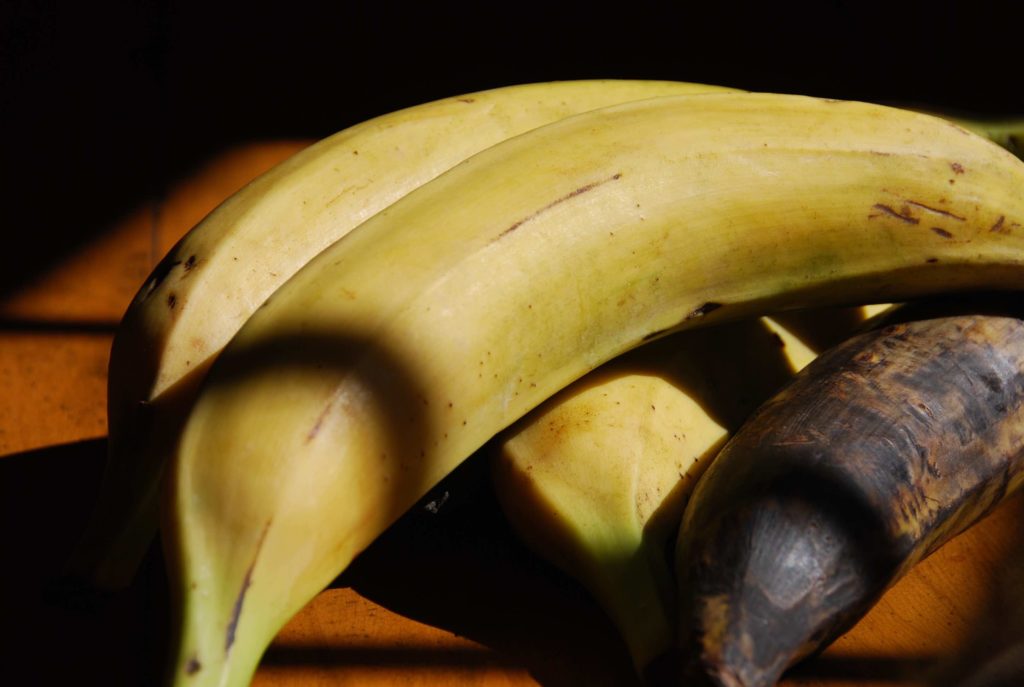 (Plantains on my dining room table, the one covered in black spots is ripe and ready to be cooked)
(Plantains on my dining room table, the one covered in black spots is ripe and ready to be cooked)